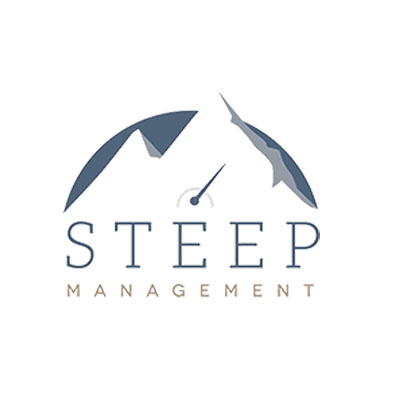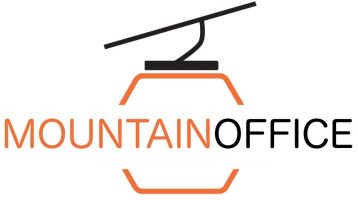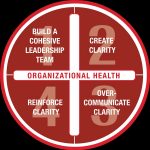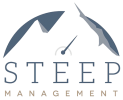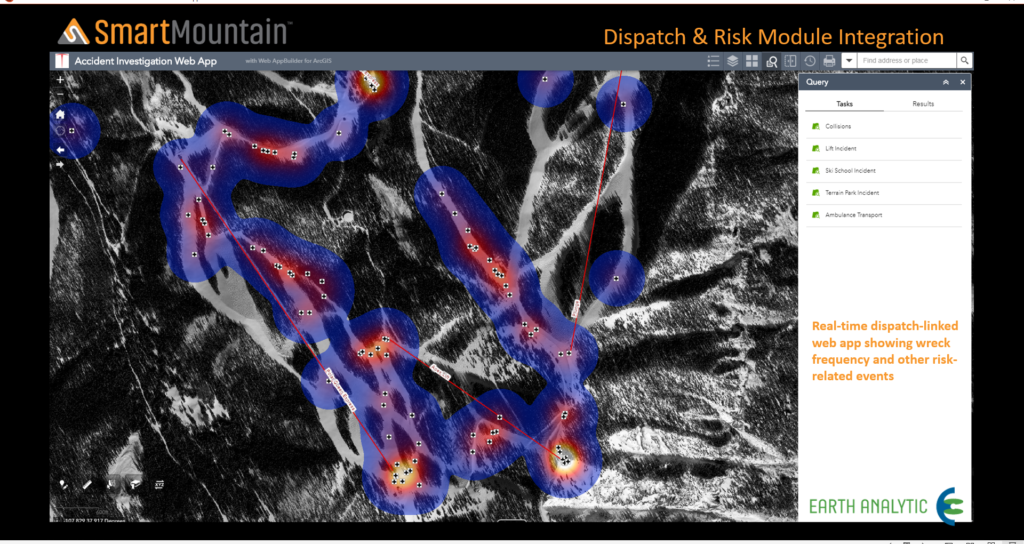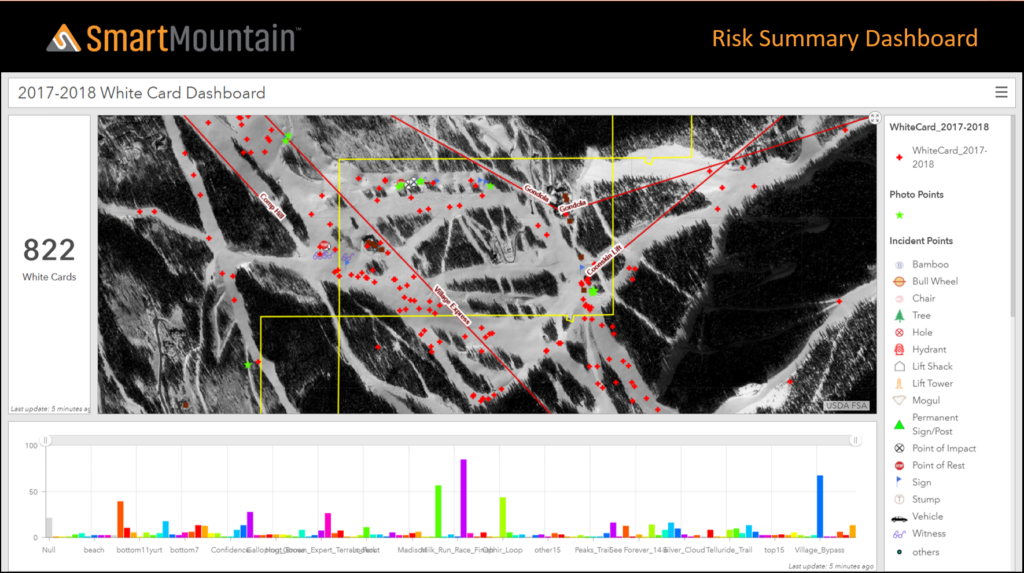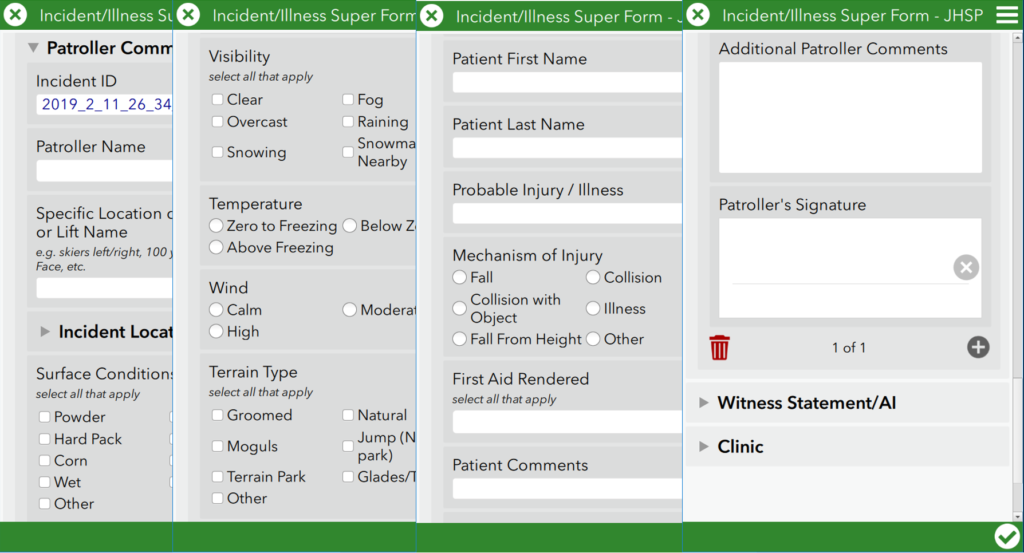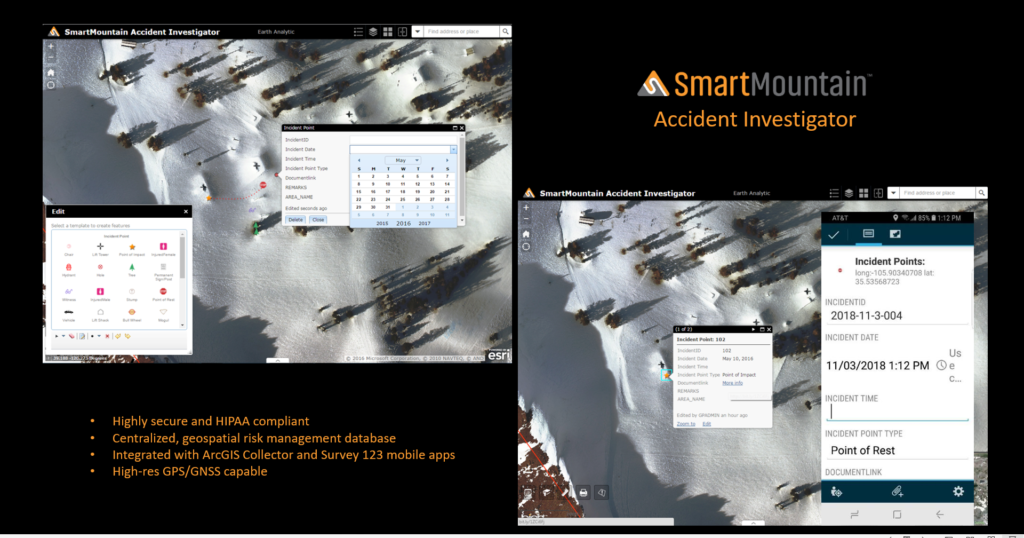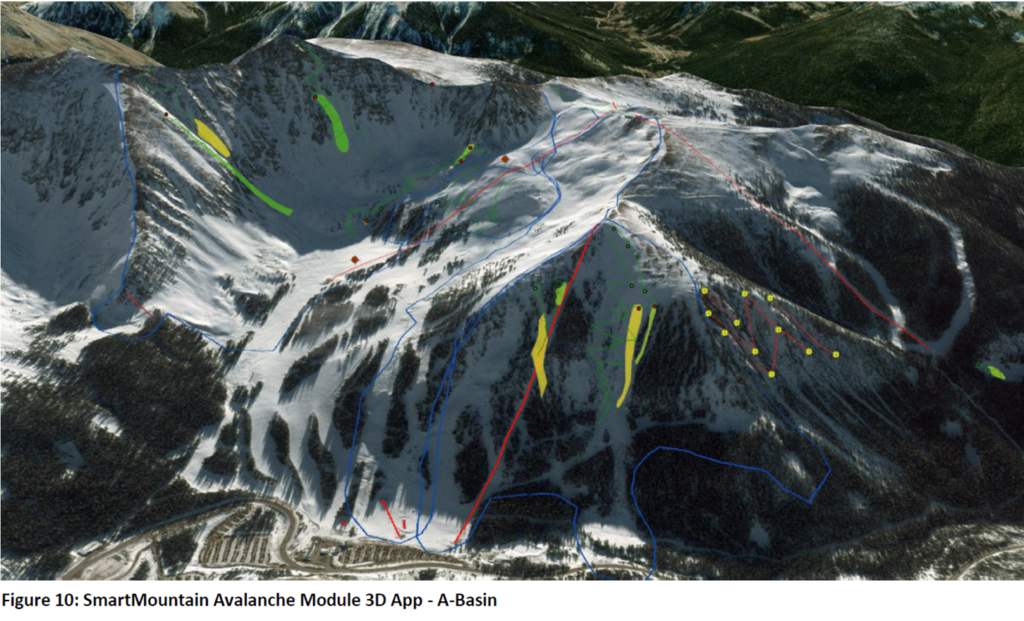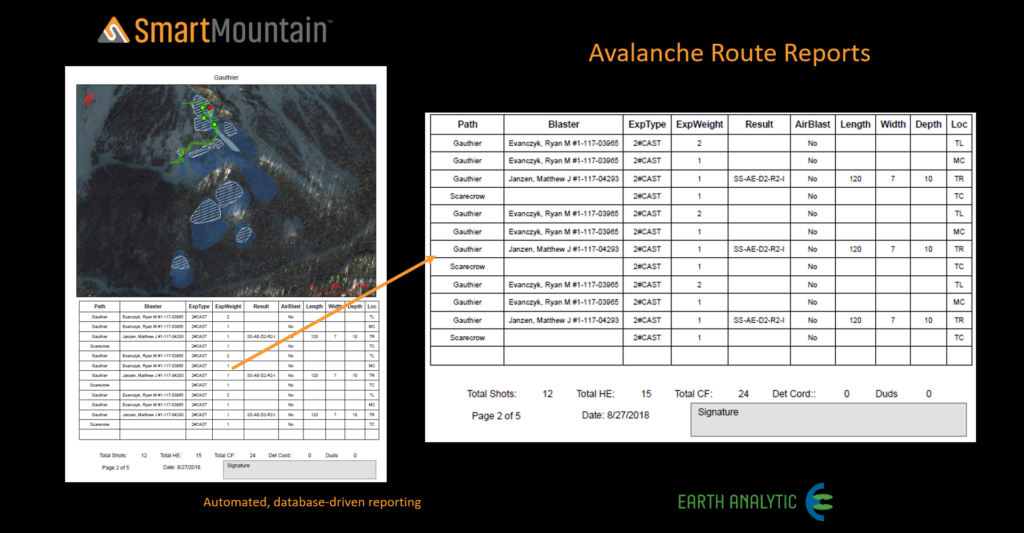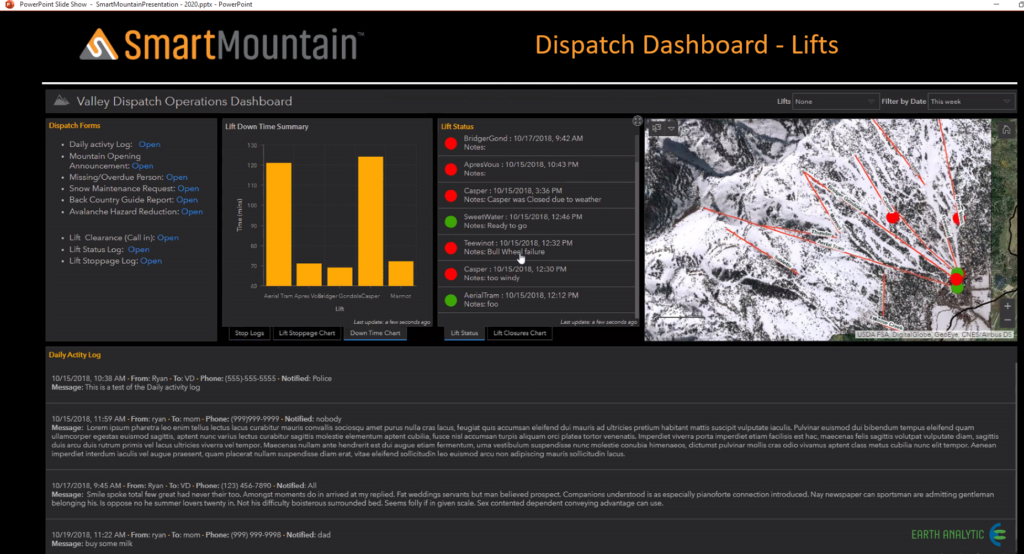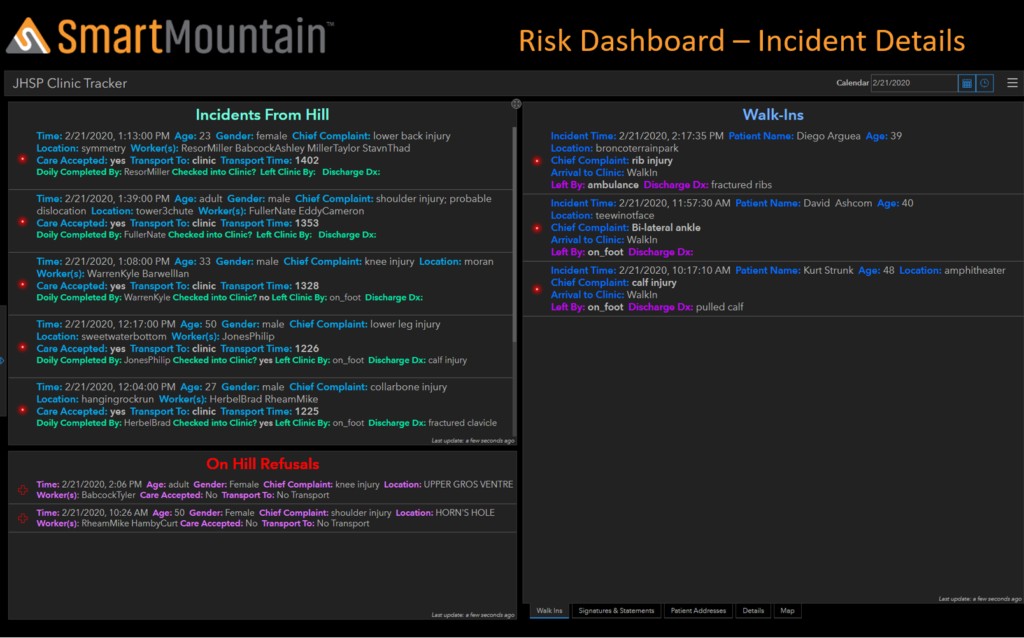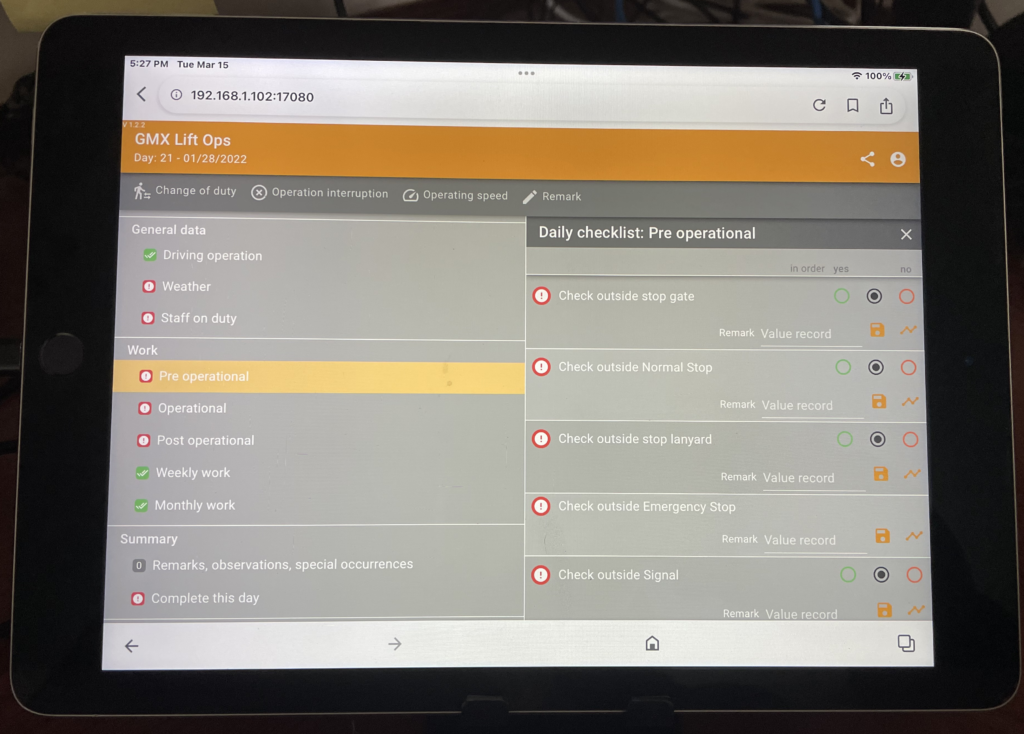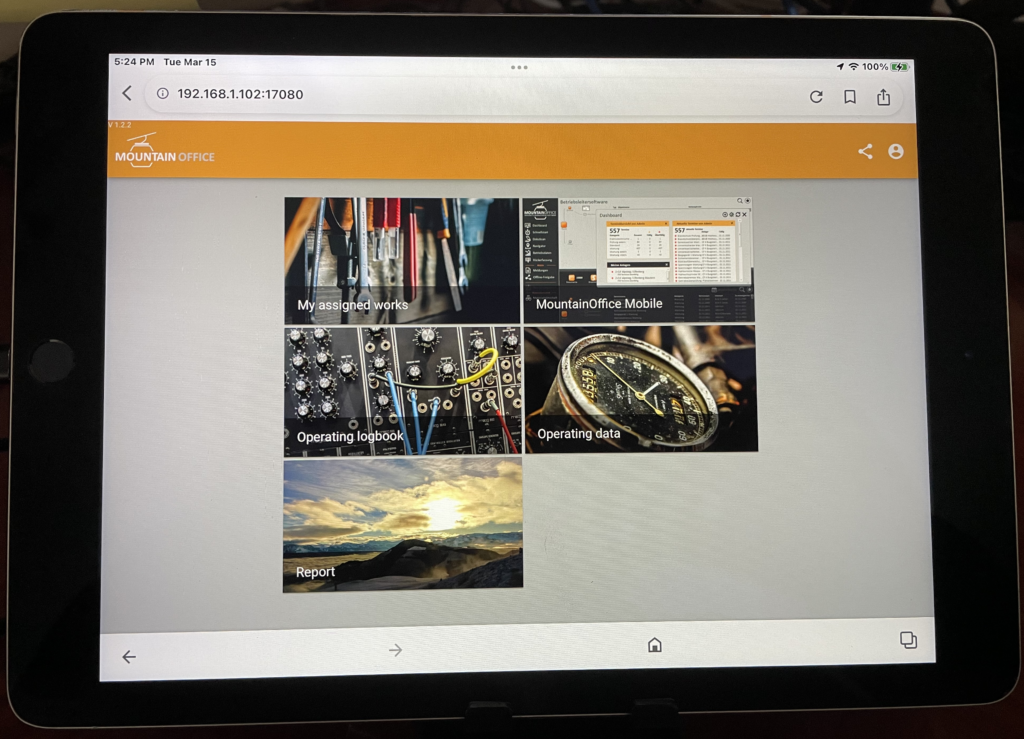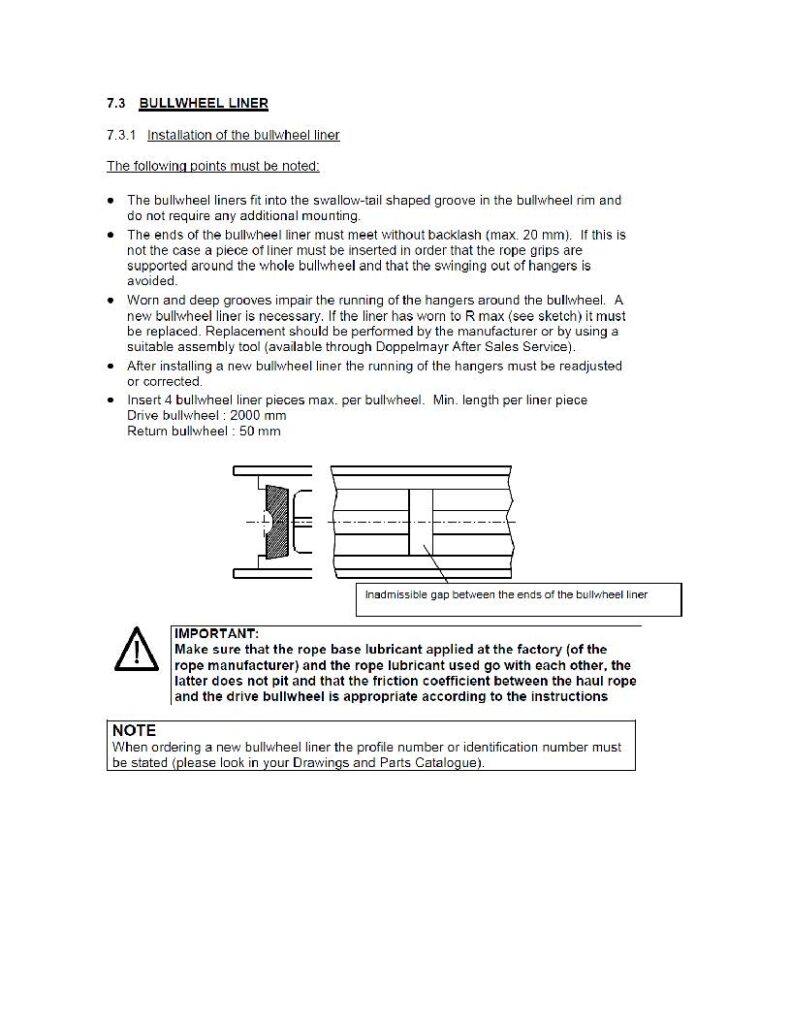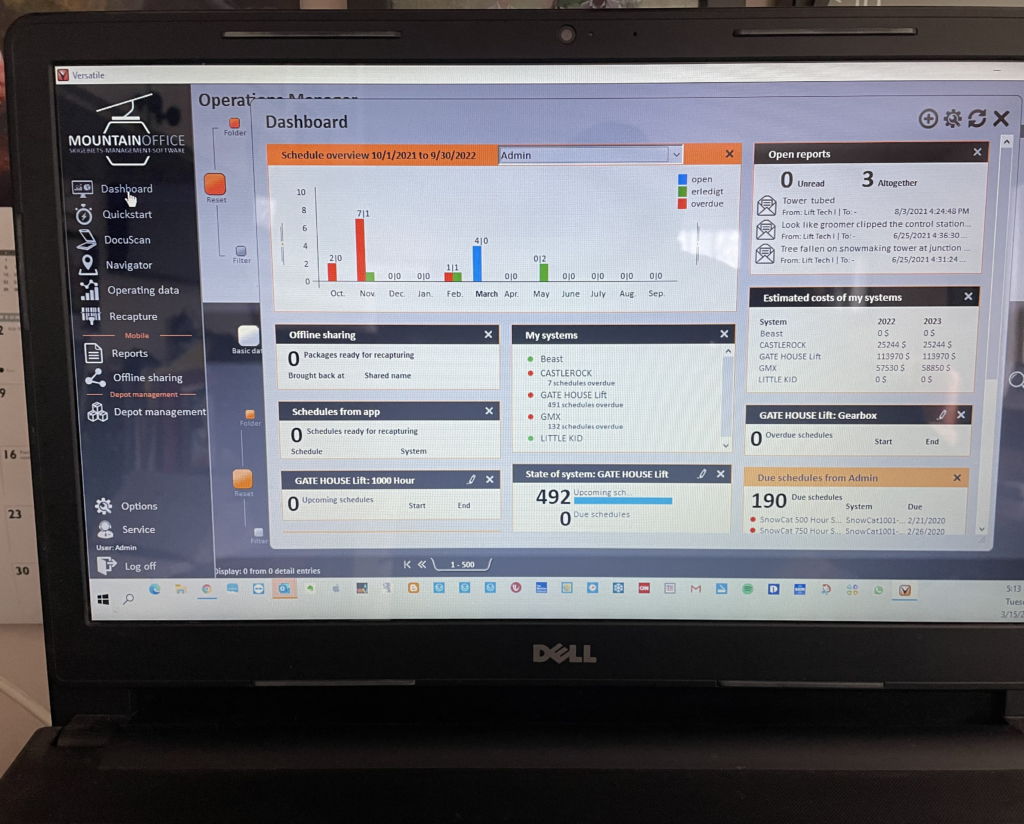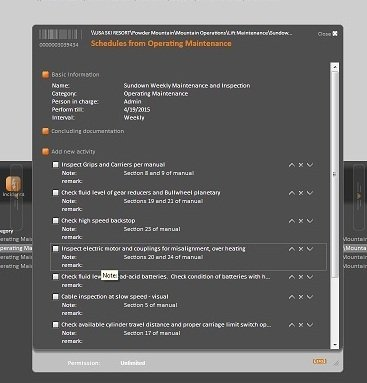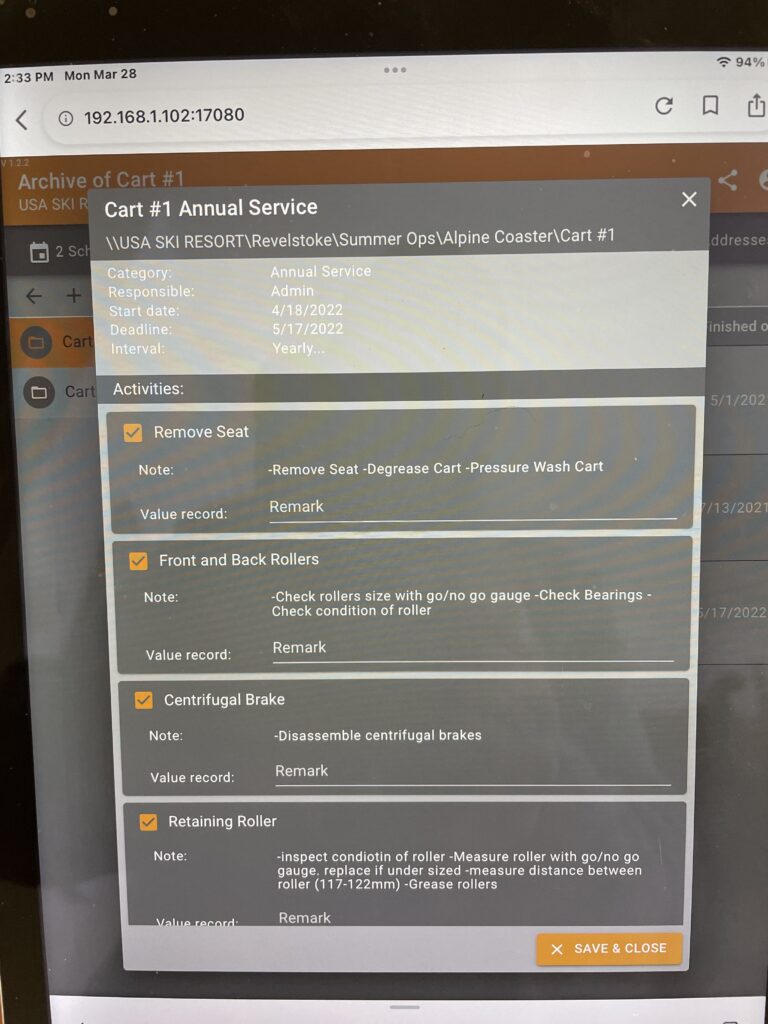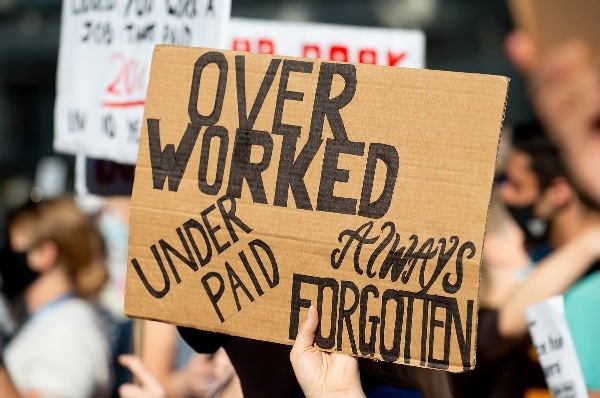 My first experience with unions was a summer job while in college working on a county bridge repair crew. It was eye-opening. The regulars on the crew were all union members and we summer guys were not. Without going into detail, the experience made me anti-union. Admittedly that was in the late 1960s and a lot has changed since then.
My first experience with unions was a summer job while in college working on a county bridge repair crew. It was eye-opening. The regulars on the crew were all union members and we summer guys were not. Without going into detail, the experience made me anti-union. Admittedly that was in the late 1960s and a lot has changed since then.
My next experience was as a select person and having to negotiate the union contract with the road crew in the town. Again, an eye-opening experience. In this situation, the union rep, not a town employee, did the negotiating and he asked for the moon. We stuck to our guns and said every employee would be treated equally and the road crew, union members, would get the same cost of living increases and benefits as the other town employees. Eventually, the union members went along with what the town proposed and a few years later the union was voted out. I was still not a fan of unions, but I learned something from the experience.
My point of sharing this story is that the union was formed because (1) they weren’t respected, (2) they weren’t given constructive feedback and (3) they felt they had nowhere to turn to air their ideas and issues. A commitment was made to change the way the select board engaged with the road crew and thus the union was voted out. No extra cost, just a commitment to make a better work environment and a happier crew. Frankly, what I see as the root causes for ski patrols and lift mechanics unionizing are very similar to what I shared in this story. Times have changed for workers nationally and the current strikes and labor negotiations reflect the power of workers. Unions came to be as a solution to create better working conditions and wages for workers. Is history repeating itself?
There have been a couple of well-written articles in Ski and SAM, which provide some good insight as to the conditions these professionals work in. These two articles mention patrollers, lift mechanics, and electricians. The issues causing these two professions to unionize are more widespread than just patrollers and mechanics. Both articles represent what has happened and superficially why it has happened. I would contend one needs to go deeper into the problem and understand there are changes in the overall economy that need to be addressed and in the overall ski resort business model. I believe I have partially figured out why we have this unionization trend happening, but I can’t say I have resolved how to address the complete issue.
To understand why this is happening, we need to understand how we got to where we are. Ski areas are predominately in rural mountain areas where the historic economic patterns were based on mining, logging, or agriculture. People had an existence that enabled them to get by with a home, and a car and live where they worked. As the ski area visitation grew the skiers wanted to have homes where they played, and these rural areas began to change. The economic dynamics changed dramatically over time. The ski area business model, which hasn’t changed dramatically over time became dependent on the way they initially started, employing the local folks in the winter when their primary earning jobs were somewhat dormant, and the extra income was a real bonus. The model worked and everyone was happy with how it worked but as I said over time the economics changed. Demand for real estate escalated and the actual economy of these rural communities became dependent on the ski areas. This isn’t new to most of you, and we all knew this pot was beginning to boil, but along came COVID-19, and the pot boiled over. In simple terms, the wages were kept low as they were in the beginning, of course, they increased over time but not proportionally to the cost of living, those who had been in the industry for a long time with lots of knowledge left during Covid and the housing issues became acutely challenging for new staff. The model broke.
There have been attempts at making quick fixes, meaning throw money at it and that may have helped but I believe there needs to be a philosophical change in leadership across the industry to fix the issues at hand. If I go back to the example of the road crew the issues were respect and engagement. There was a 180-degree change in how the road crew was treated and the union was history.
In my work at Steep Management, I talk with a lot of lift mechanics, ski patrollers, vehicle mechanics, and lift operation folks and I can say that we have a long way to go to make them feel respected, valued, and heard. Many ski area leaders are making the shift and walking the talk, but many are just talk, not the walk, which is even more damaging.
In my opinion, the basic business model must change. I say this about ski areas but globally the advancement in corporate earnings as compared to normal worker earnings is too dramatic as is the difference between C-Suite earnings versus the normal workers, who produce the corporate bottom line. The gaps are unsustainable, and the overall economy is at risk. Probably the 1st question to ask is: Does the ski industry want to be ahead of the curve? You can avoid having a union, but you must ensure you meet the needs of your staff.
